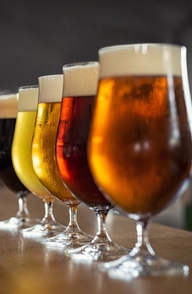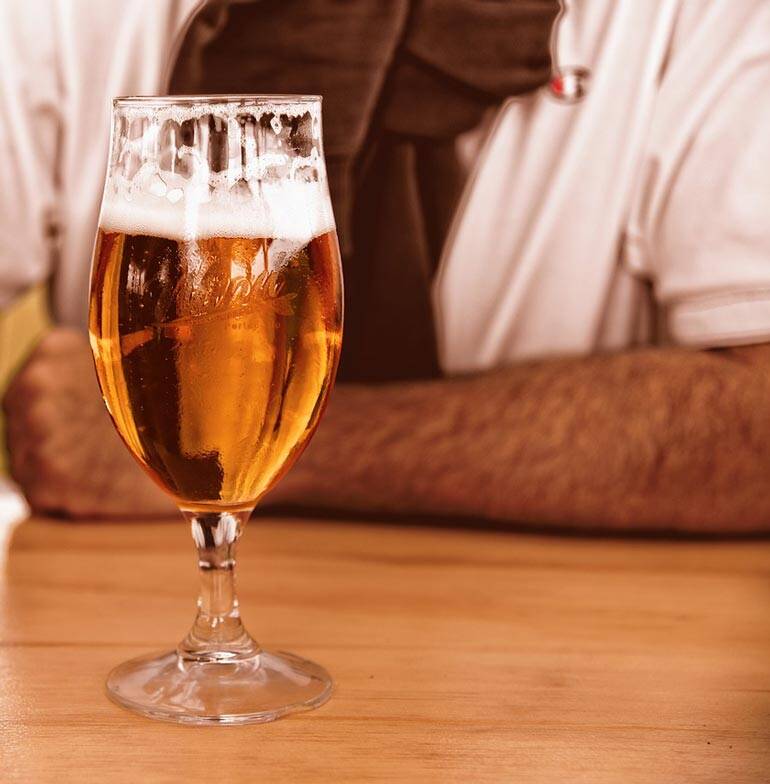Start 14-Day Trial Subscription
*No credit card required

How To Properly Taste Beer: A Comprehensive Guide
Discover beer beyond the casual sip – it's a centuries-old libation filled with hidden depths. Join us on a journey through the world of beer tasting as a professional paper writer unveils the secrets to a profound love and understanding of this timeless elixir.
Beer, the timeless elixir that has accompanied countless celebrations, gatherings and moments of relaxation throughout history, is more than just a beverage – it's a journey of flavors and aromas waiting to be discovered. While many of us are familiar with the casual act of sipping a cold brew, truly tasting beer often remains unexplored. Like fine wines, coffee and gourmet cuisines, beer offers a rich tapestry of tastes that can only be fully appreciated when approached with intention and mindfulness. In this guide, a professional paper writer delves into beer tasting, unveiling the secrets to unlocking a more profound love and understanding of this diverse and centuries-old libation.
Utilize all the experience you have
The first impression of beer is rarely a pleasant one. Beer bitterness is a taste sensation that can only be appreciated over time. Once you get used to it, you begin to fully appreciate the taste of the malt and the fruity odors of the fermentation process.
Put it in context
Every tasting takes place in a particular environment. A fresh pilsner never tastes as good as it does in the afternoon hours of a hot summer day. On the other hand, an imperial stout is hardly appropriate in this setting.
Beer requires that you approach it with a specific mood and engage all your senses.
If you drink it from a beautiful glass surrounded by friends, the experience is only enhanced. Tasting has different results depending on whether you have a cold or are healthy. Bad moods, fatigue or, on the contrary, happy feelings also play a role. Weather conditions should also be taken into account.
Even the humidity of the air has some influence. If you are tasting an IPA that has been dry hopped to enhance its aroma, you should know that odors spread better in dry air.
Look carefully at the beer
Getting to know a beer starts with the design and presentation of the packaging. The beer is a liquid hidden from the light in bottles, which come in various shapes: slender with a long neck or squat and ponderous, as is typical of Belgian tripels. Some breweries rely on the originality of the form of their bottles to help sell beer.
But, of course, the shape of the bottle does not affect the taste of the beer in any way. However, the color of the glass is essential. Dark brown glass actually protects the beer from UV radiation better than green glass.
Pay attention to the color
The color of the beer can serve as a guide. If the beer is light and clear, it may lack grain flavor and focus on fresh notes. Beers with a more pronounced color - from straw to amber - often show a malty flavor, partly reminiscent of caramel, biscuit and dried fruit. You can taste smoke, coffee and chocolate of varying intensity in dark beers.
Evaluate the density
The color of the beer will not tell us anything about its sugar content, but you can judge this by watching how the beer is poured into glasses. Imperial stouts and some tripels flow like syrup. It's no coincidence that stouts are sometimes jokingly referred to as "oil," not only because of their color but also because of their viscosity. As a rule, the higher the density of the drink, the brighter and more intense its flavor, and vice versa.
Don't forget the sediment
Unfiltered and unpasteurized beer contains yeast residue. This is normal. Bottles of such beer are best stored upright so the sediment does not mix with the contents. When pouring beer into glasses, leave a small amount in the bottle. Cloudiness is normal for some beers containing wheat proteins, such as hefeweizen. However, it is undesirable in most other beers.
Smell the beer
Pour the beer into the glass and gently shake it in a circular motion. Do not breathe too deeply. Repeat this several times, trying to distinguish all the nuances of the aroma.
Beer can contain thousands of different aromatic molecules that we can recognize by smell. They are naturally released into the air from the surface of the liquid, especially if the beer is foaming.
Evaluate the temperature
The temperature of the beer plays a vital role in tasting. As a rule of thumb, the ideal temperature for drinking beer is 45-50 degrees Fahrenheit. Beers with dark malts (stout, porter) are best consumed warmer.
If you taste stout, you will immediately smell the aroma of roasted coffee beans. For the flavor of chocolate to emerge, you need to raise the temperature of the drink a little more.



